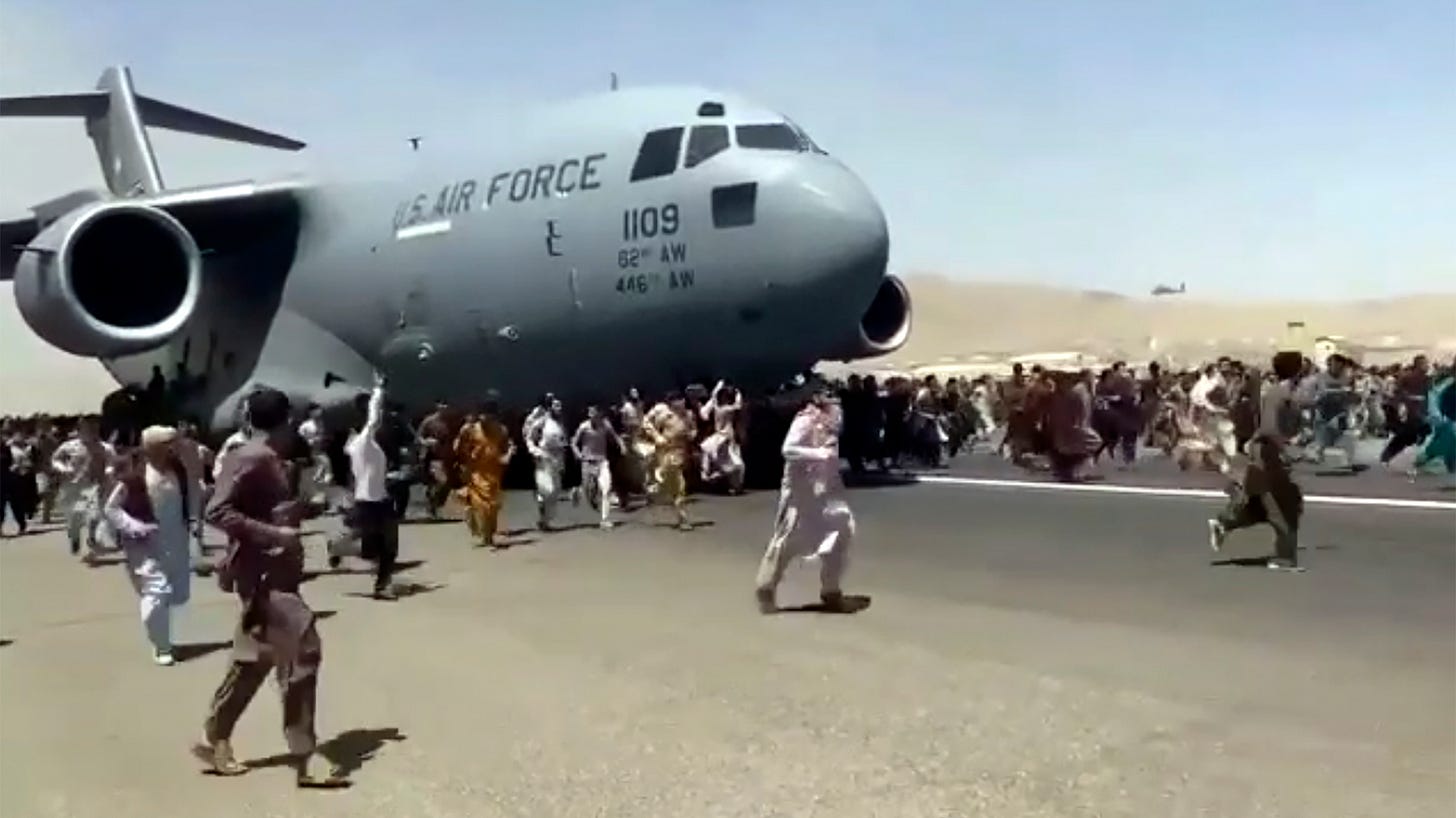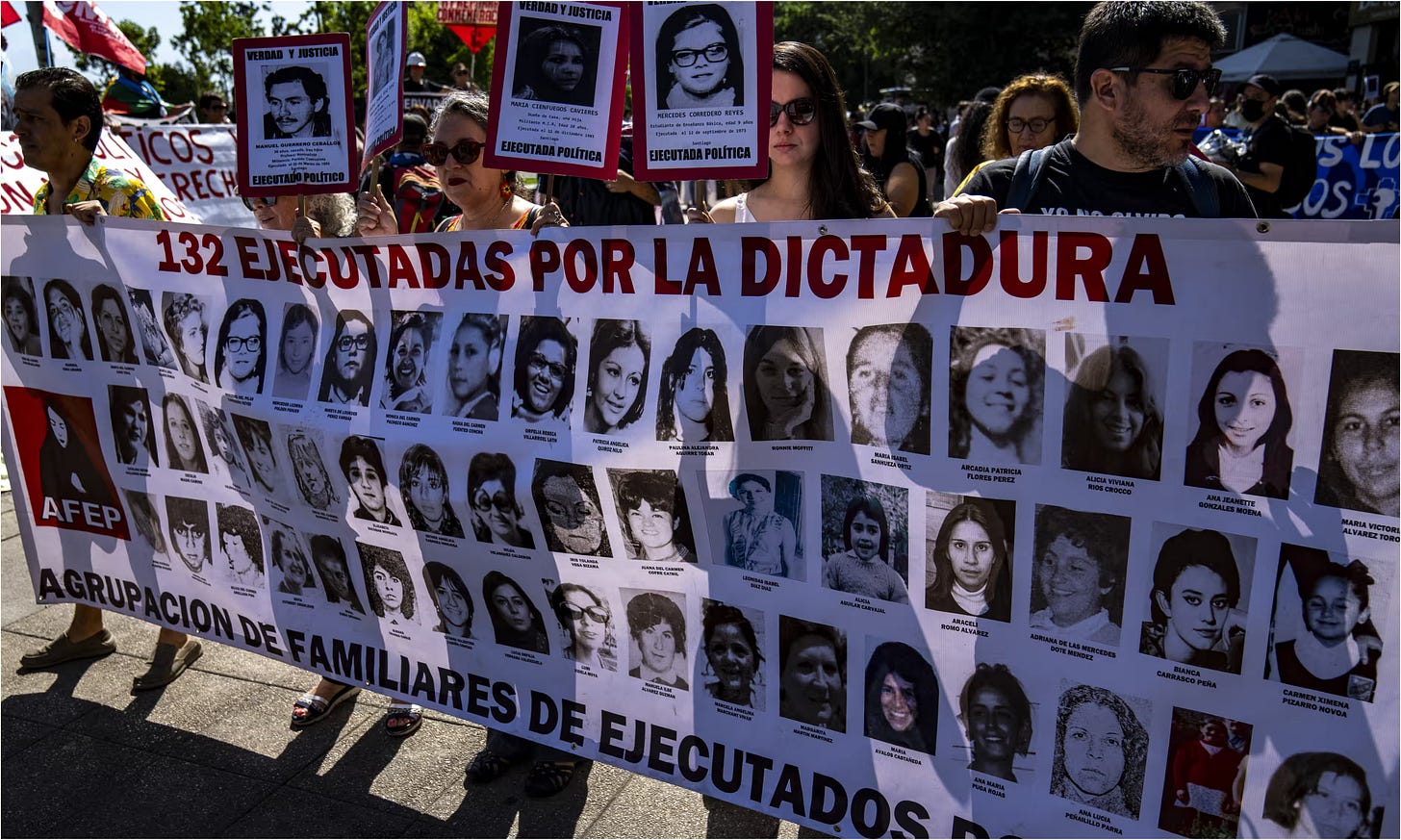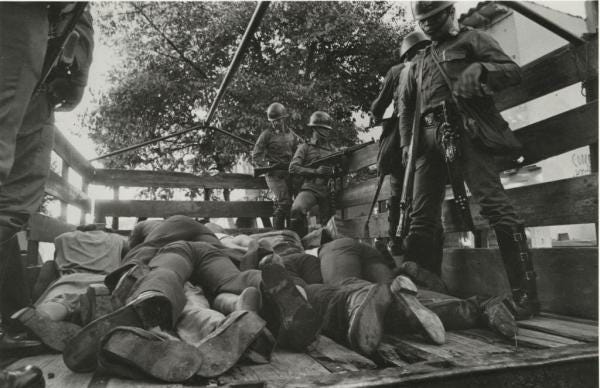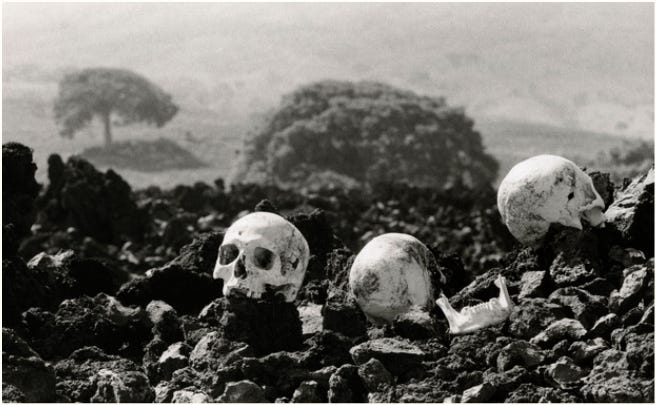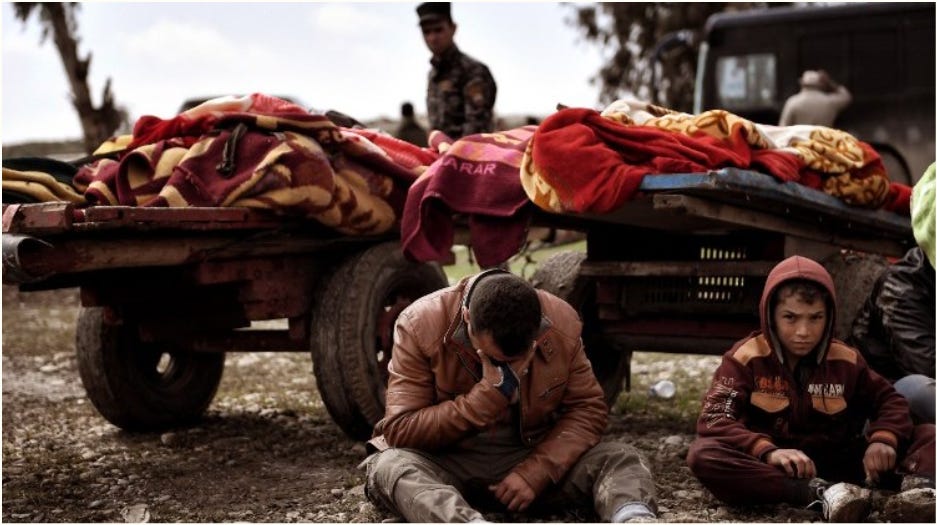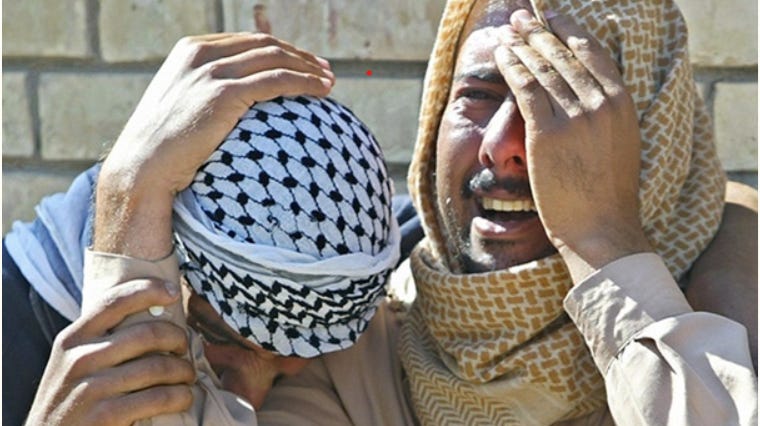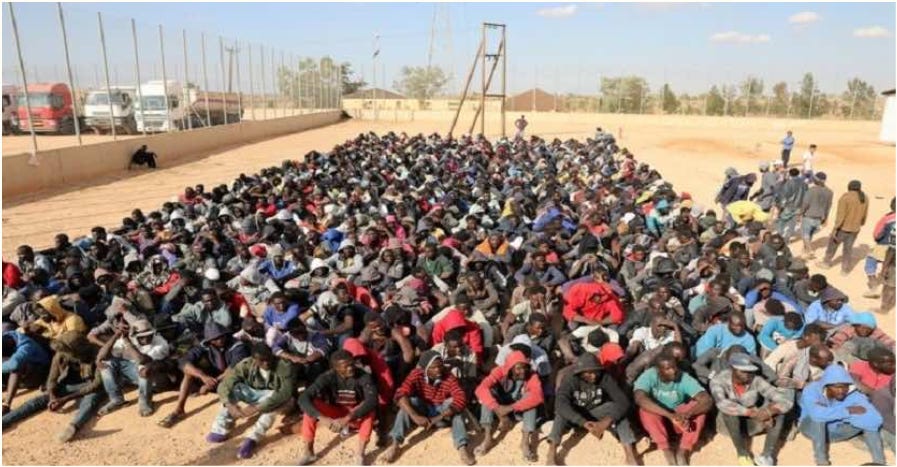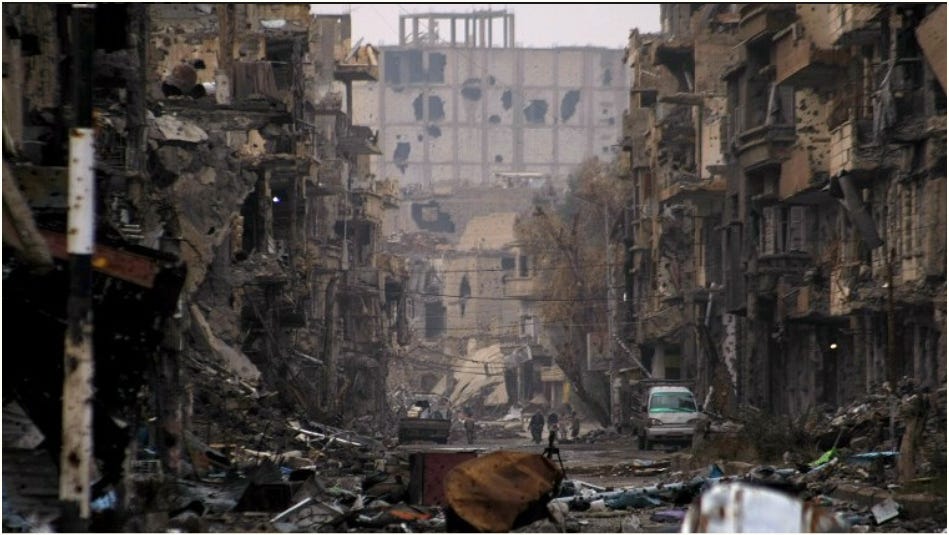Echoes of Chaos: Consequences of U.S. Interventions
From Afghanistan to Vietnam: A Sobering Look at the Human and Economic Toll
Growing up in West Berlin, Germany, during the ’60s and ’70s, I witnessed tens of thousands of Germans participating in anti-Vietnam War demonstrations from the balcony of our apartment. In the late 1960s, I remember a Buddhist monk televised when he set himself on fire, reminiscent of Thích Quảng Đức’s protest in the early 1960s against the treatment of Buddhists by the U.S.-supported Diệm regime.”
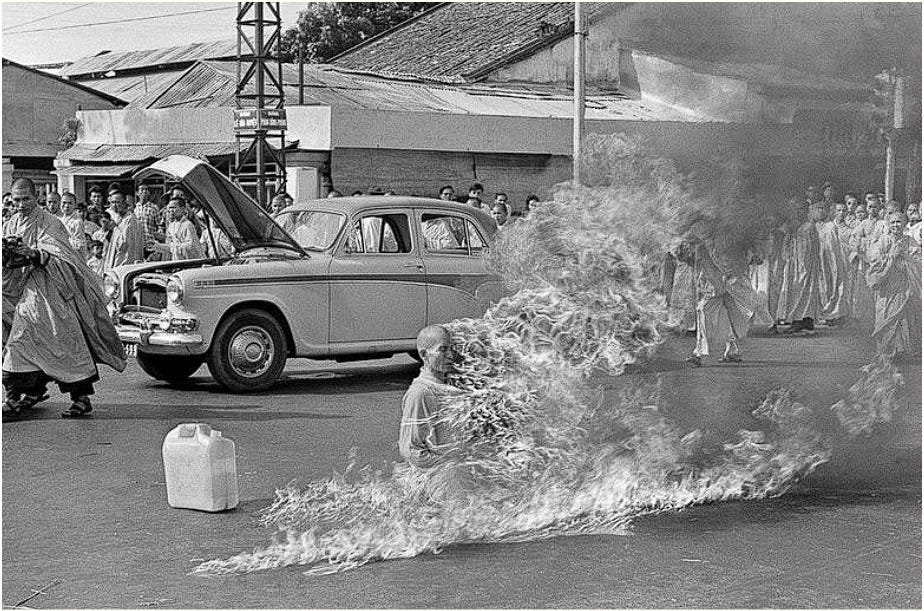
This exposure to global conflict shaped my worldview and ultimately led me to a career in journalism, including a stint with CNN. During my time there, I had the opportunity to travel to El Salvador, where I encountered the chilling white handprints of the U.S. supported Roberto D’Aubuisson and his death squads on the doors of victims’ homes—a symbol of the terror and brutality that claimed countless lives during the civil war. These experiences, from Vietnam to El Salvador, underscore the crucial role of shedding light on the human toll of conflict and holding those in power accountable.
As I reflect on the events in Afghanistan, I see echoes of Vietnam, El Salvador, and other interventions. The chaotic withdrawal and subsequent Taliban takeover starkly remind us that U.S. government policymakers often fail to consider the long-term consequences of their decisions, repeating past mistakes. Even though I don’t work in journalism anymore, I still feel a responsibility to bring attention to injustices in U.S. policy and call for those in power to be accountable for the human and economic devastation left in the wake of military interventions.
The withdrawal of U.S. and allied forces from Afghanistan in August 2021 was widely viewed as chaotic and disorderly. The rapid takeover of the country by the Taliban after the withdrawal caught many by surprise, leading to a rushed evacuation of U.S. personnel and Afghan allies. The situation was further complicated by the ISIS-K terror attack at the Kabul airport, which resulted in the death of 13 American Service Members and 170 Afghans. The withdrawal undermined the U.S.’s credibility on the world stage and put the lives of U.S. personnel and Afghan allies at risk. It was a betrayal of the Afghan people, who had relied on U.S. support for years. Additionally, the withdrawal led to the abandonment of billions of dollars of military equipment, making Afghanistan the number one arms dealer in the world.
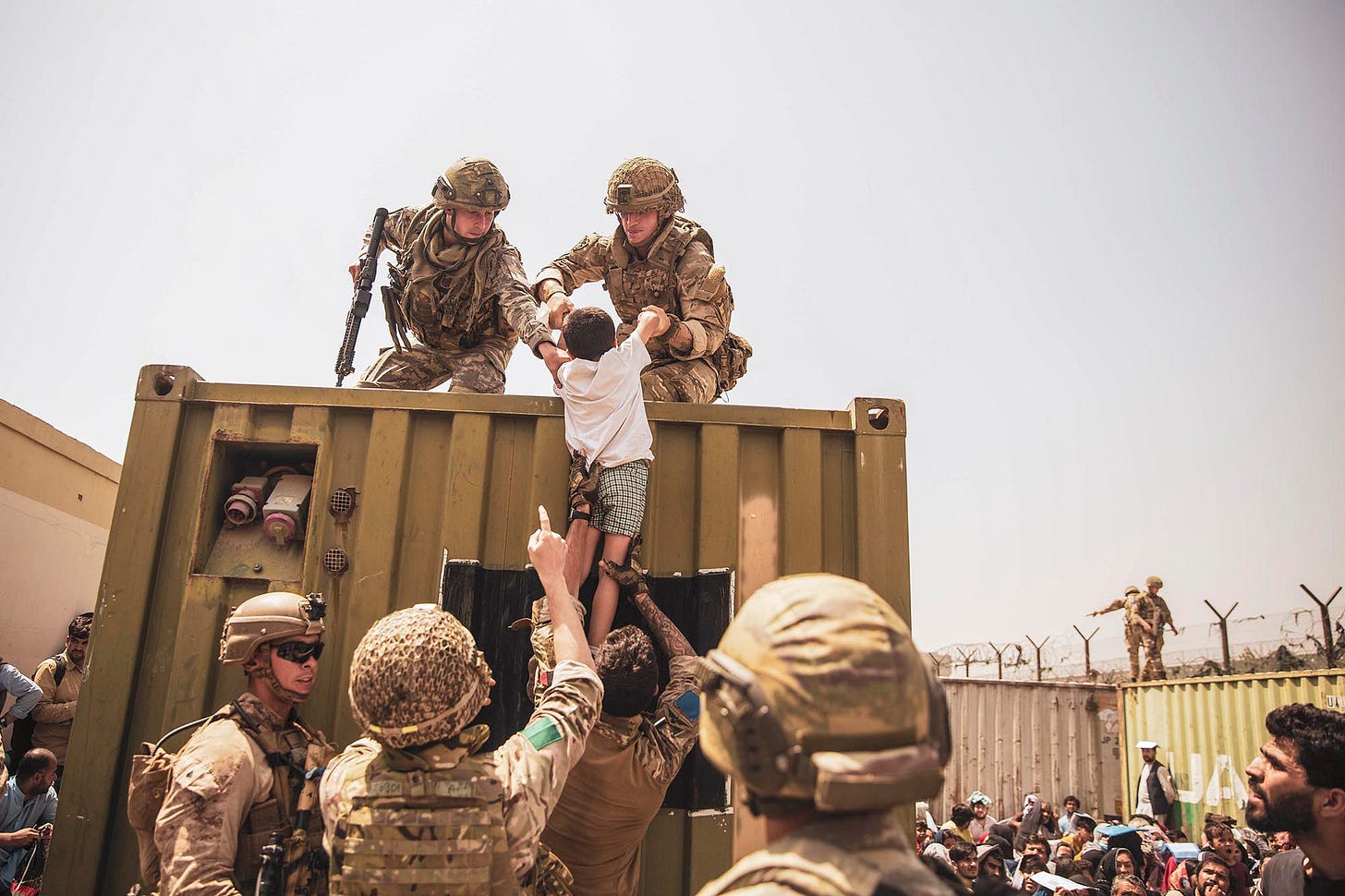
The withdrawal from Afghanistan is not an isolated incident where U.S. military interventions and foreign policy decisions have led to horrendous consequences. Here are examples throughout U.S. history:
Iran (1953): With Operation Ajax, the U.S. and the U.K. orchestrated a coup against Prime Minister Mohammad Mossadegh, contributing to long-term political instability and significant economic impact.
Cuba (1960s-Present): The U.S. has maintained a long-standing embargo against Cuba since the 1960s, causing significant economic hardship for the Cuban people. Additionally, the failed 1961 CIA-sponsored Bay of Pigs invasion aimed at overthrowing Fidel Castro’s regime resulted in the capture or death of most invaders and further strained U.S.-Cuba relations.
Vietnam (1955-1975): The Vietnam War resulted in an estimated 2 million to 3 million Vietnamese deaths, over 58,000 U.S. military deaths, and catastrophic economic costs to Vietnam. One of the most tragic events of the war was the My Lai Massacre on March 16, 1968, where U.S. soldiers killed hundreds of unarmed Vietnamese civilians, including women, children, and elderly people. Despite the atrocity, only Lt. William Calley was prosecuted, and he served just three years of his life sentence under house arrest.
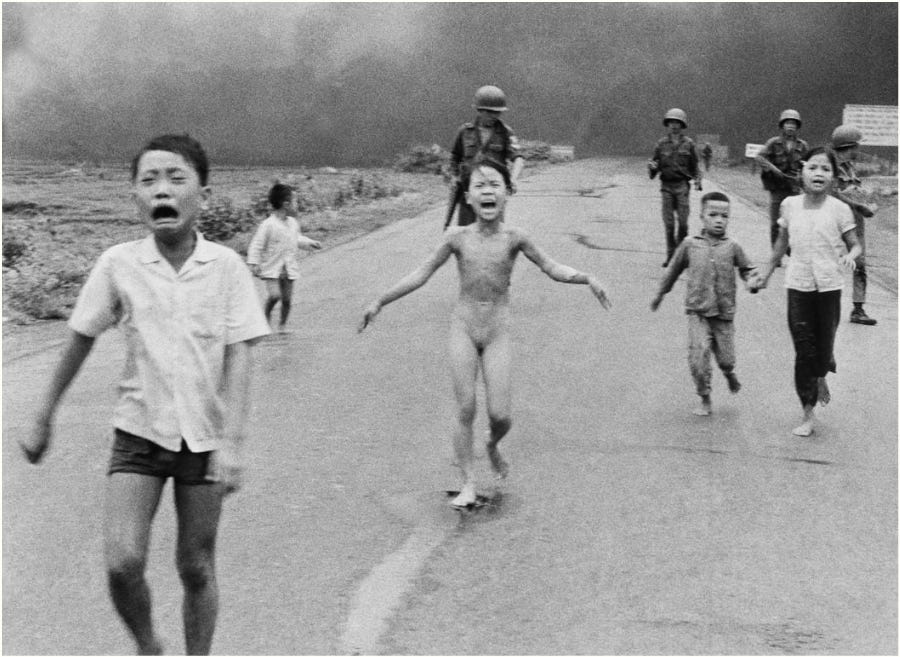
The most heart-wrenching and famous photo of nine-year-old Kim Phuc, the “Napalm Girl,” was shot by Nick Út in 1972. This photo shocked the U.S. public and underscored that the war was doing more harm than good. Photo by Nick Út, “Napalm Girl,” 1972, Associated Press Furthermore, the use of Agent Orange, a defoliant chemical, had devastating long-term effects. Millions of gallons were sprayed over Vietnam, leading to severe environmental damage and long-lasting health issues for both Vietnamese people and U.S. veterans, including cancers, birth defects, and other chronic illnesses.
Cambodia (1970-1975): The U.S. bombing campaign and support for the coup in Cambodia contributed to the rise of the Khmer Rouge and the notorious Killing Fields, responsible for the genocide of an estimated 1.7 million people and widespread economic destruction after the U.S. abandoned the Cambodian people. The use of Agent Orange also had lasting effects in Cambodia, contaminating land and water sources and contributing to health problems similar to those seen in Vietnam.
Laos (1964-1973): The U.S. heavily bombed Laos during the Vietnam War, making it the most bombed country per capita in history. Agent Orange was also used in Laos, leading to similar environmental and health issues as seen in Vietnam and Cambodia.
Lebanon (1958, 1982-1984): The U.S. has been involved in Lebanese politics since the 1950s, contributing to the complexity of the Lebanese Civil War and the rise of various anti-American factions.
Chile (1973): The U.S. supported a military coup against President Salvador Allende, leading to the rise of Pinochet’s authoritarian regime, resulting in around 3,200 deaths and disappearances.
Grenada (1983): The U.S. invaded Grenada to oust a Marxist government, leading to around 100-120 deaths but relatively limited economic impact.
Nicaragua (1980s): The U.S. provided support to the Contras, an anti-communist rebel group, during the 1980s, leading to an estimated 30,000 deaths and significant economic damage.
El Salvador (1980s): In the 1980s, the U.S. supported the Salvadoran government in a civil war against leftist rebels, resulting in approximately 75,000 deaths and economic devastation.
Honduras (1980s): In the 1980s, the U.S. supported the Contra rebels based in Honduras, leading to increased military spending and human rights abuses.
Panama (1989): The U.S. invaded Panama in 1989 to overthrow Manuel Noriega, resulting in an estimated 500 to 3,000 deaths and significant economic cost.
Somalia (1992-1994): The U.S. led a humanitarian intervention in Somalia that escalated into urban warfare, resulting in an estimated 300-500 Somali casualties in the Battle of Mogadishu alone and significant economic cost.
Indonesia (1960s-1990s): The U.S. supported the authoritarian regime of Suharto from the 1960s to the 1990s despite widespread human rights violations, causing between 500,000 to over 2 million deaths.
Philippines (1898-1902, 1965-1986): The U.S. has had a long and complex relationship with the Philippines, including a colonial period and support for Ferdinand Marcos, with lasting economic and political impacts.
Iraq (2003-Present): The U.S. led an invasion of Iraq in 2003, leading to a long and costly war with an estimated 100,000 to 600,000 civilian deaths and an enormous economic cost. One of the most notorious incidents during the Iraq War was the Nisour Square Massacre on September 16, 2007, where Blackwater contractors opened fire in a crowded Baghdad square, killing 17 Iraqi civilians and injuring 20 others. This incident severely strained U.S.-Iraq relations and highlighted the problematic role of private military contractors in conflict zones. Initially, four Blackwater contractors were held accountable: Nicholas Slatten (life sentence), Paul Slough (15 years), Evan Liberty (14 years), and Dustin Heard (12 years and seven months). However, all four were controversially pardoned by President Donald Trump in December 2020.
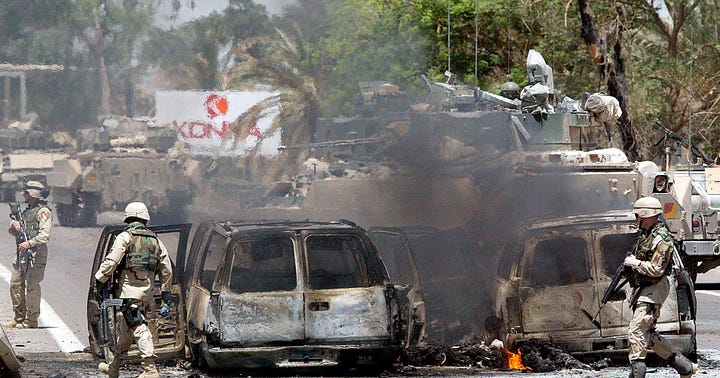
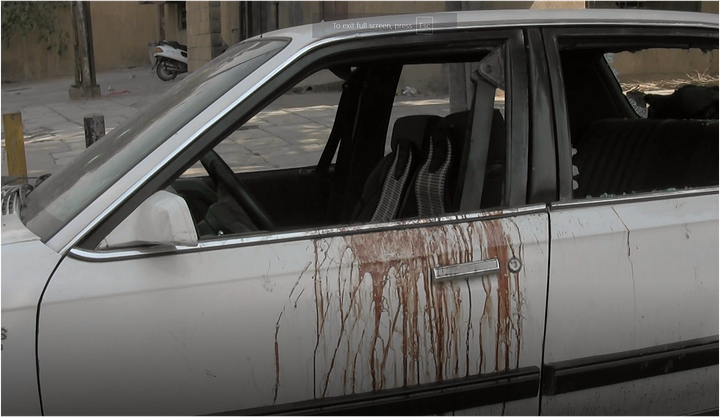
The Nisour Square Massacre aftermath. Photo source: Tidings Media and NY Times accessed July 1, 2024 Libya (2011): U.S. Secretary of State Hillary Clinton joked, “We came, we saw, he died,” after the U.S. and NATO-led intervention in Libya. This “intervention” contributed to the overthrow of Gaddafi and led to ongoing civil conflict, with an estimated death toll in the tens of thousands, significant economic disruption, and the advancement of slave trading.
Syria (2011-present): The U.S. has been involved in the Syrian Civil War through support for various rebel groups and military strikes against the Assad regime and ISIS. The conflict has resulted in an estimated 500,000 deaths and significant economic devastation, with millions of Syrians displaced. This displacement has led to a mass migration of Syrians seeking refuge in neighboring countries and beyond, creating one of the most significant refugee crises in recent history.
It’s disheartening to see how history often repeats itself, and policymakers don’t learn from the past mistakes of military interventions and foreign policy decisions. Time and again, it is the civilians and people of the affected nations who pay the heaviest price, suffering immense casualties, economic ruin, and enduring hardships that can span generations.
The examples listed, from Vietnam to Iraq, Cambodia to Libya, paint a sobering picture of the human toll exacted - millions of lives lost, societies torn apart, and economies crippled. Despite the complex geopolitical motives driving these interventions, the consequences for the populace on the ground are brutally real - death, displacement, and destruction of livelihoods and infrastructure. In each country where Agent Orange was used—Vietnam, Cambodia, and Laos—the long-term devastation includes widespread environmental damage, contamination of soil and water, and severe health problems among the populations. These issues persisted decades after the war, affecting new generations through genetic damage and continued exposure to contaminated environments.
In the case of the chaotic withdrawal from Afghanistan, it was the Afghan people who faced peril, saw their hopes for stability shattered, and are now grappling with an uncertain future under Taliban rule after years of relying on U.S. support. There have been calls for accountability regarding the mishandled withdrawal, led by President Joe Biden, Secretary of Defense Lloyd J. Austin III, General Kenneth F. McKenzie Jr. of the U.S. Central Command (CENTCOM), and General Mark A. Milley, Chairman of the Joint Chiefs of Staff. However, the legal and political processes can be complex. Some argue that these decision-makers should be held responsible, while others assert that foreign policy decisions are protected under the principle of sovereign immunity.

As I observe current events, it becomes evident that history may be repeating itself in Ukraine and possibly soon in Taiwan. The U.S. involvement in Ukraine, through extensive military aid and support, echoes past interventions that have led to prolonged conflicts and significant human suffering. The situation in Ukraine is particularly concerning, given that the CIA played a role in assisting the installation of the government during the 2014 revolution. Since then, the U.S. has sent billions of dollars in military and economic aid to Ukraine, further entangling itself in the conflict. The complexities of the conflict in Ukraine include long-standing tensions in the Donbas region, where many citizens are of Russian descent and have faced threats from Ukrainian forces. Early in the conflict, there were opportunities for negotiation, but the U.S. and its allies discouraged Ukraine from coming to any agreement with Russia. The growing tensions over Taiwan, coupled with U.S. commitments to defend the island, raise concerns about a possible confrontation with China. These scenarios highlight the need for a thorough examination of past interventions and their outcomes, emphasizing the importance of diplomatic solutions over military engagements to avoid repeating the mistakes that have caused so much devastation in the past.
To sum it up:
War is ugly. The aftermath of war is ugly. More often than not, the death toll and human misery resulting from U.S. government-led intervention and subsequent withdrawal are far worse. It is essential to think critically about the catchphrase “War for Democracy.” Often, these interventions lead to destabilization and conflict rather than peace and stability. If we reconsider our approach to the “War for Democracy,” we might find that our “War on Terrorism” or “Fight against Terrorism” could be significantly limited, addressing the root causes rather than perpetuating a cycle of violence and unrest.
If interested, please comment and subscribe to my Substack. Thanks, Jon
Acknowledgment: I would like to acknowledge using Claude 3 and 3.5, Gemini, ChatGPT 4 and 4o for content research, and Grammarly for editing and grammar.



